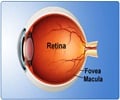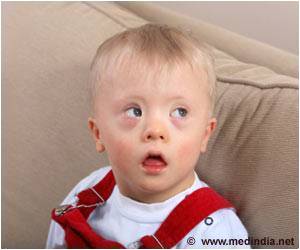The severity of retinal hemorrhaging for young children in motor vehicle crashes is closely correlated to the severity of the crash.
The severity of retinal hemorrhaging for young children in motor vehicle crashes is closely correlated to the severity of the crash, according to a new study by researchers at the Medical College of Wisconsin in Milwaukee. Retinal hemorrhages occur when the blood vessels lining the retina rupture, resulting in bleeding onto the surface of the retina.
The study, by Jane Kivlin, M.D., and Kenneth Simons, M.D., professors of ophthalmology at the Medical College, is published in the June issue of Archives of Ophthalmology.“The severity of the retinal injuries is similar to that seen in nonaccidental childhood neurotrauma, or shaken baby syndrome,” according to Dr. Kivlin, a pediatric ophthalmologist and lead author, who sees patients at Children’s Hospital of Wisconsin.
“Many perpetrators of shaken baby syndrome have confessed to violently shaking the child, subjecting the child to severe rotational force.”
The retrospective study examined ten cases of children younger than three years taken from autopsies performed by the Milwaukee County medical examiner from January 1, 1994, to December 31, 2002. All patients died in motor vehicle crashes as passengers or pedestrians. They were subjected to extremely severe forces involving rapid deceleration with a rotational, or whiplash-like, component.
For each case, all available medical and autopsy records, including pathology slides, photographs, and police and traffic department records, were reviewed. All patients suffered severe head injuries in the accidents. Skull fractures were found in all but three patients. In six patients, improper restraints and direct blows were found to contribute to their injuries.
“These were all extremely high-force injury mechanisms that far exceed those involved in common or even uncommon household accidents,” says Dr. Kivlin.
Of the ten cases, extensive retinal hemorrhages were found in eight patients, similar to the severe hemorrhages seen in shaken baby syndrome. Two patients had no signs of retinal hemorrhaging, but nine of the ten patients were found to have optic nerve sheath hemorrhages, which are also commonly found in shaken babies.
Advertisement
“The association of extensive, sometimes severe, ocular hemorrhages with fatal accidental trauma, compared with previous reports of accidental trauma with no or few hemorrhages, indicates the severity of injury required to cause hemorrhages of this magnitude.”
Advertisement
SRM






